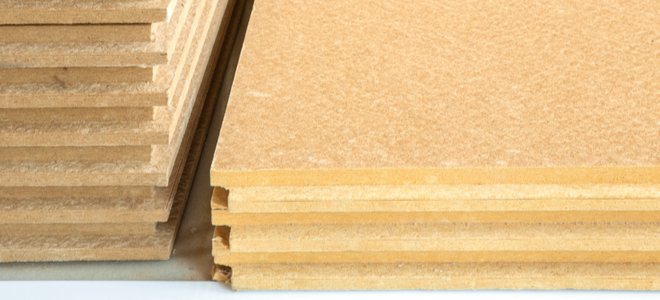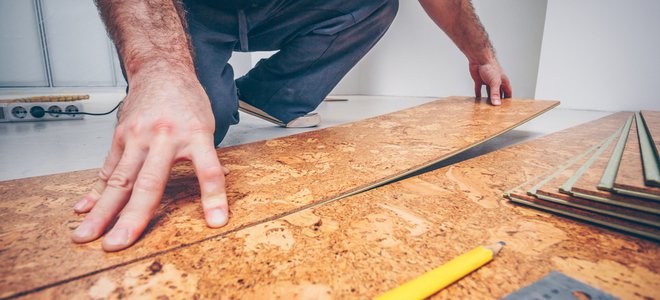 1 hours • Beginner • 0-20,000
1 hours • Beginner • 0-20,000
The history of wood as a material for furniture, buildings, tools, and useful household products goes back further than the documentation to record it. But in recent times, wood isn’t the only option anymore. In some cases, it’s not even the best option.
When putting together your hobby or home improvement material list, you’ll need to consider strength, availability, longevity, and of course, cost when deciding between wood or an alternative. Anyone who tried to buy lumber during the pandemic of 2020 can attest to the fact that timber prices fluctuate wildly, sometimes to the point that finding an alternative becomes a necessity based on price alone.
Fortunately, we are an innovative society, with new inventions and uses for existing materials around every corner. Here are some to consider instead of lumber.
1. Steel
Right out of the gates, steel won’t seem like much of a bargain. In fact, it’s an investment. But steel won’t warp or rot like wood. Plus, it’s not susceptible to termite damage and is fire resistant. For those reasons, it makes a great framing material, especially for taller structures.
2. Concrete
Yep, the same stuff the sidewalk and patios are made with. Concrete is another great material to consider if you’re looking for a wood substitute for framing. It’s fire, insect, flood, and earthquake resistant. There are even foam blocks filled with concrete that you can put together like a giant Lego set.
3. Bamboo

Bamboo is an extremely fast-growing plant that can be turned into a wood alternative or fabric. It’s ready for harvest in just a few years, in contrast to trees that take decades. Bamboo is well established in the wood-alternative market and it’s commonly used in furniture and flooring.
4. Plastic
As ubiquitous as plastic has become, it’s no surprise there are wood alternatives made of plastic too. It’s a durable option for decking, that requires little upkeep and resists damage from weather. If you’re eco-conscious, look for a brand that uses recycled plastic.
5. Hemp

Hemp is actually a plant material, similar to bamboo. A new product called HempWood is setting an example as a hemp-turned-into-wood alternative being used for flooring, furniture, countertops, and accent walls. Hemp grows very fast, uses minimal resources, cleans the air while it grows, and leaves no waste since all parts of the plant can be used. For all these reasons, hemp is a sustainable option you’ll be hearing a lot more about now that it’s a legal agricultural product in all 50 states.
6. Pallet Wood
Wood pallets seem to stack up on every corner. Scour the marketplace ads online and you’ll see them being given away. Be aware that some pallets are treated with chemicals. But natural pallets make a great resource for lumber. They’re typically free and made from a variety of wood materials to suit your needs. Cut them apart with a Sawzall, use a crowbar, or rely on a large hammer. Once separated, or at least in smaller sections, use pallet boards like any other board for signs, furniture, or accent walls.
7. Cork

Commonly used for flooring, wall coverings, and home craft projects, cork is another sustainably sourced wood alternative. Rather than cutting down trees, cork is cut off the outside of the tree, like bark, so it grows back on the same tree. Cork is fairly soft so it may show scratches or dings and it can be damaged by water and sunlight. However, it’s also naturally hypoallergenic and antimicrobial, fire-resistant, and sound buffering.
8. Rubber
You’ve probably seen rubber chips on the playground, which are a soft and durable replacement for wood chips that have become increasingly more expensive and need to be replaced as they break down. Rubber, typically recycled from tires, can also be used in flooring, cutting boards, cabinets, and furniture.
9. Vinyl
It may not win awards as an eco-friendly option, but vinyl has been part of the housing industry for an eternity due to its durability. Vinyl is highly water-resistant, making it a great option for flooring tiles and planks, as well as a decking and fencing material. It will also resist bugs, UV damage, fading, and scratches.
Source link : https://www.doityourself.com/stry/9-lumber-alternatives












